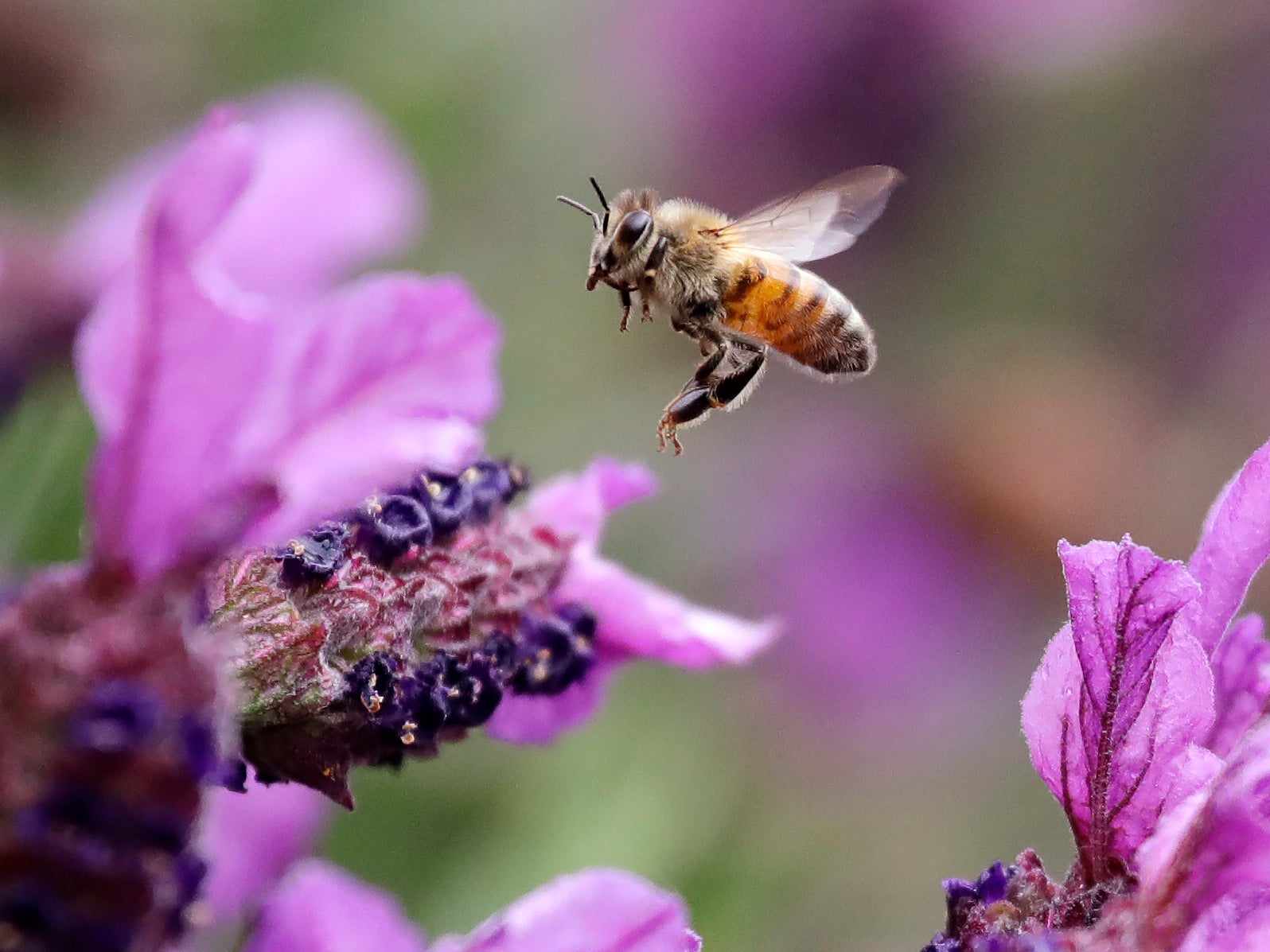Honeybees’ ‘quacking’ and ‘tooting’ decoded by scientists
Researchers now believe vibrations are whole-hive communications designed to control swarming, Jon Sharman reports

Scientists have discovered the meaning behind “quacking and tooting” noises made by honeybee queens as they emerge from their nurseries.
Using highly sensitive accelerometers to measure vibrations in the hearts of beehives, researchers found that the insects used alternate quacking and tooting sounds known as “piping” to coordinate the release of new queens from their gestation cells during the swarming season.
Swarming is when a mature queen leaves the hive along with about half her workers to found a new colony. Nottingham Trent University scientists hope their new work can help beekeepers predict and manage their bees’ swarming behaviour.
Subscribe to Independent Premium to bookmark this article
Want to bookmark your favourite articles and stories to read or reference later? Start your Independent Premium subscription today.
Join our commenting forum
Join thought-provoking conversations, follow other Independent readers and see their replies